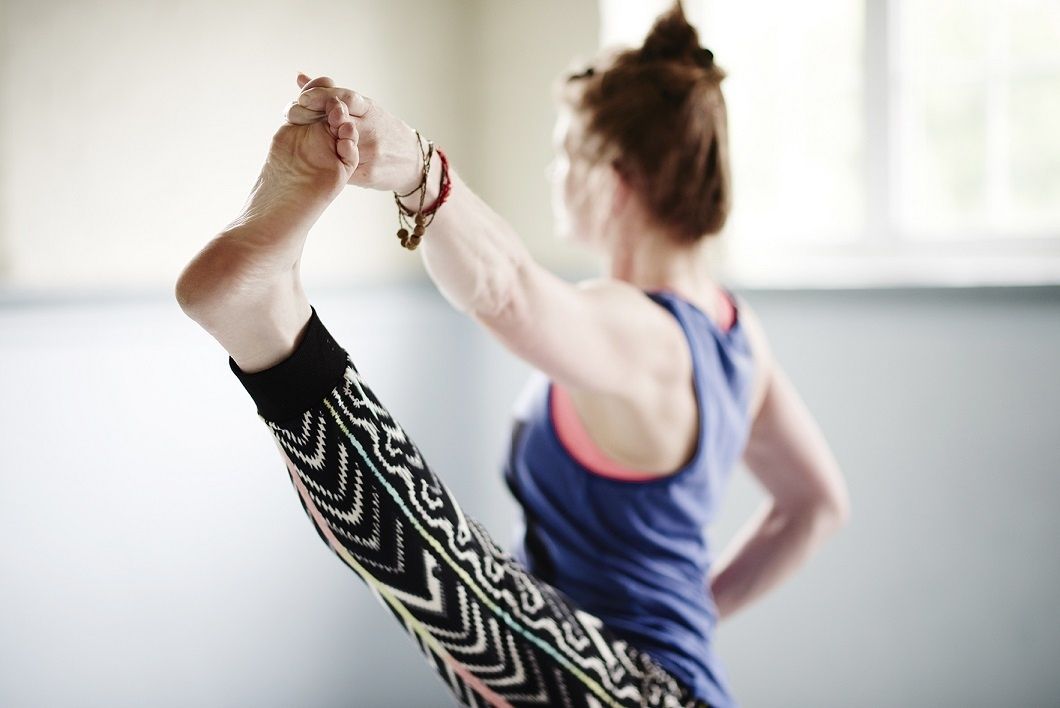One Branch of a Very Large Tree by Phillipa Gendall
Phillipa Gendall explains the Ashtanga class template. A powerful and dynamic style of yoga developed by Sri K Pattabhi Jois, in which set series of postures (Primary and/or Secondary Series) are linked dynamically to the breath in a flow of movement increasing strength and flexibility.

Ashtanga yoga is in point of fact the eight limbed path according to Patanjali so it’s indeed a philosophical path according to the yoga sutras, Ashtanga vinyasa yoga is an actual physical practice meaning a very specific kind of practice in the practicing community, becoming a ritual or discipline .
For most of us our yoga journey starts with with the physical body (asana) especially in our physical culture, and depending on our nature or personality, we are attracted in different ways or forms, we begin to gradually find balance and health first on a gross level, muscle, flesh and bone. As we develop deeper awareness, we want to start to swim in a much deeper pool .
For myself I have never really understood the sometimes separation between the other Hatha yoga styles, but of course, I have encountered it, making me more compelled to bring other elements into a sometimes ridged “Ashtanga” context but still basically keeping the Ashtanga template.
The Breath
Ujjayi, it is primarily a breathing practice as it is within that breath that we start to regulate the activity of our mind and body slowly overtime going within, returning to what I would call our centre, the present moment without the external distractions or inner dialogue.
Surya Namaskara A & B
Are so beneficial getting you moving in synchronisation with your breath a fluidity of both breath and movement together. The linking of breath with movement is the foundation of the tradition as it combines the three elements of Breath, Body and Mind; that is, Pranayama, Asana and Drishti (fixed points of focus)
The standing and seated sequence
Finding alignment, steadiness within the asana.
Patanjali’s yoga sutra’s ‘sthira-sukham-āsanam’
sthira = strong; steady; stable; motionless
sukham = comfortable; ease filled; happy; light; relaxed
āsanam= asana; posture; seated position; physical practice
And finally the cooling down poses.
That’s the Ashtanga template within that there is a space for interpretation .
The very fact that there is a structure and a sequence is in some ways is why a lot of people got “hooked “on yoga (before it was accessible on every street corner) and why it became also attractive to those who would of dismissed it as “navel gazing “.
Mysore style practice or self practice is such a great gift ,it is a great vehicle for maintaining an individual practice and that’s the value to it, it opens something up for everyone, not always doing the same thing ,the same way ,works for everyone . And adjustments in the right hands can be a great way of deepening your practice .
For example; if you started to look more deeply at Ayurveda (yoga’s sister science ) we have different body types, constitution and personality’s, so maybe we need to take that into consideration. The practice that’s suitable in your 20’s may not be the one you do in your 60’s, age or even just external commitments can play a big part in the way you structure a daily practice, maybe the time you are able to give to it also changes .
But if you can watch a mature practice it’s beautiful it brings a sense of grace, fluidity, and a depth only attainable through regular commitment .
“Your hand opens and closes and opens and closes. If it were always a fist or always stretched open, you would be paralyzed. Your deepest presence is in every small contracting and expanding, the two as beautifully balanced and coordinated as bird wings.” ~ Rumi
Phillipa teaches the following classes at Notting Hill:
Monday
5.45-7.15pm ~ Ashtanga Yoga Level 2
8.15-9.45pm ~ Yoga Beginners Course
Tuesday
6.00-7.15pm ~ Ashtanga Yoga Level 1-2
Wednesday
5.30-6.30pm ~ Yoga Level 1
6.45-8pm ~ Ashtanga Yoga Level 2
Saturday
1.30-3pm ~ Ashtanga Yoga Level 1-2
Sunday
8.45am-10.15am ~ Ashtanga Yoga Level 1-2
5.00-6.30pm ~ Ashtanga Yoga Level 2
